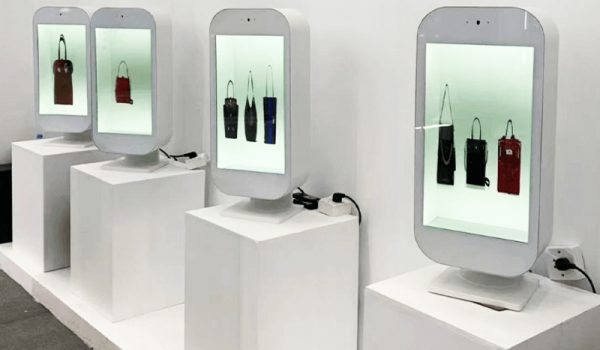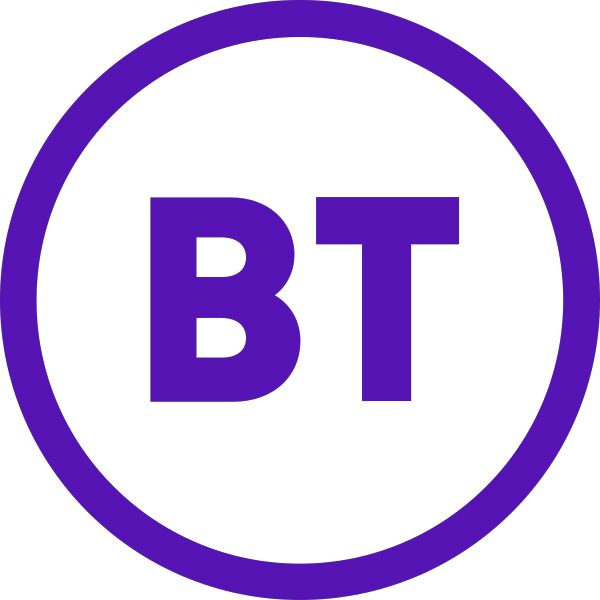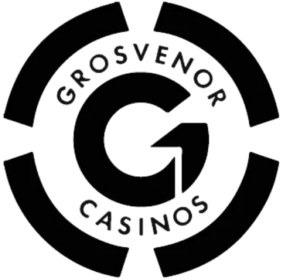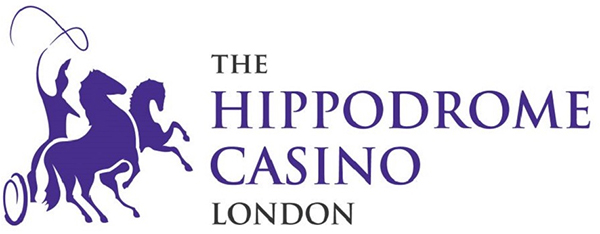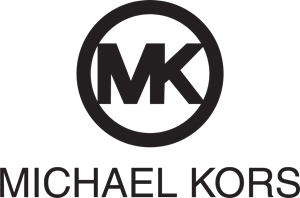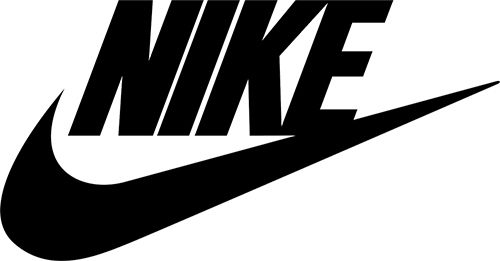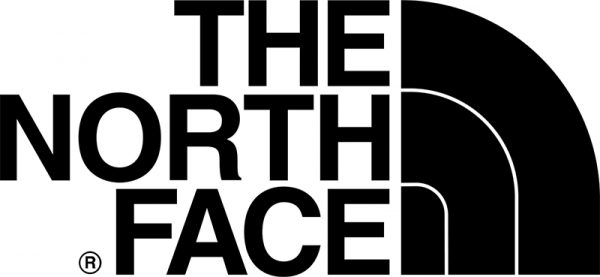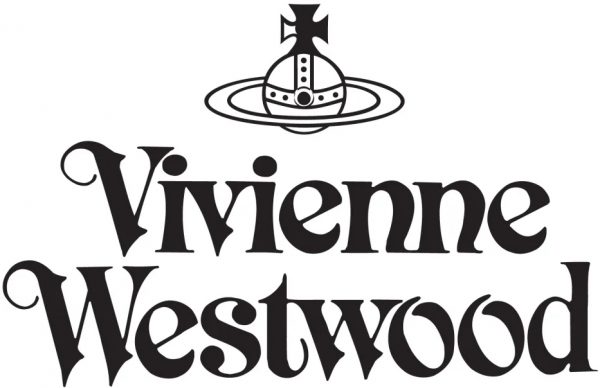How a Retail Holobox Display Captures Customer Attention
07 Jul 2025In the modern retail environment, attention is the most valuable asset. Shops are filled with products, promotions, and visual distractions. Consumers are often looking at their phones or moving quickly through the space. The challenge for any business is finding a way to make customers stop, look up, and truly focus on a specific product. The retail holobox display provides a powerful solution, transforming the way products are shown and ensuring they command immediate attention.
Traditional retail displays, whether they are posters, banners, or even simple video screens, struggle against the high level of visual competition today. These flat surfaces are familiar and often ignored. A retail holobox display, which showcases a three-dimensional holographic image that appears to float in the air, instantly cuts through this clutter. This technology leverages a natural human response to novelty and visual depth, ensuring your product is not just visible, but actively noticed and remembered.
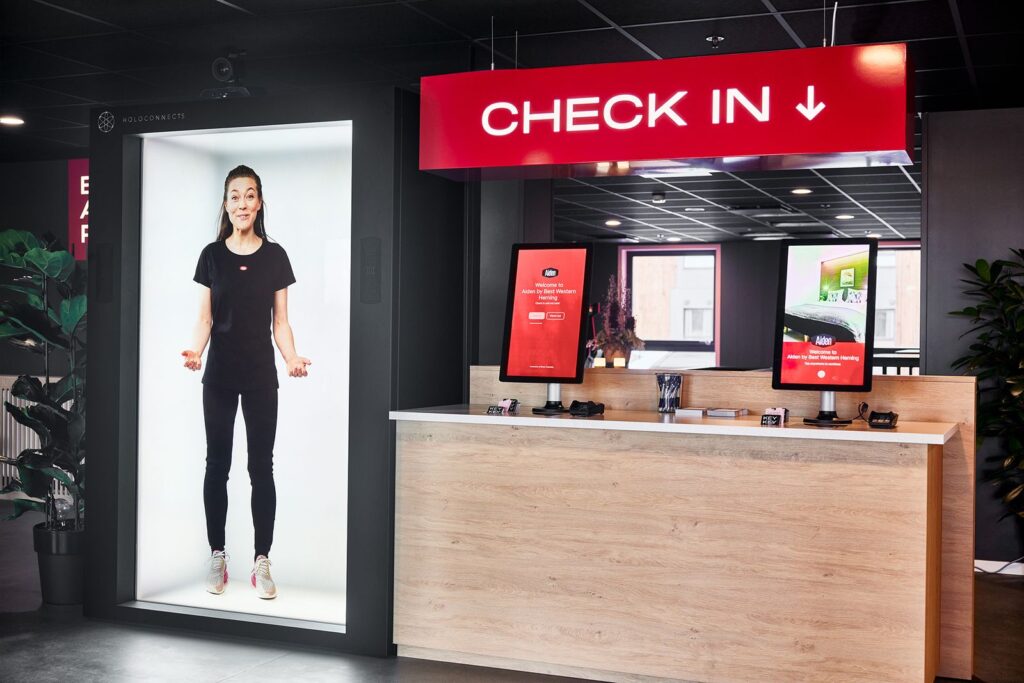
The Science of Visual Novelty
The immediate impact of a holobox lies in its unique presentation. A three-dimensional image that seems to exist without physical support creates a visual phenomenon that forces the viewer to pause. The brain registers the projection as something unusual, triggering curiosity and a strong visual fixation. This moment of pause is exactly what retailers need.
In an environment where a customer typically decides whether to engage with an advertisement in a matter of seconds, the holobox guarantees those initial seconds of focus. It draws the eye away from surrounding distractions, making the displayed product the singular centre of attention. This powerful initial engagement is crucial for converting a casual passer-by into an interested customer.
Creating Visual Anchors in the Store
A retail holobox display acts as a visual anchor, strategically placed to draw foot traffic toward a specific area of the store.
- Window Placement: Placed in a storefront window, a holobox immediately differentiates the shop from competitors on the street. It draws customers from the pavement, enticing them to enter and see the physical product behind the unique display.
- Checkout Areas: Using a holobox near the point of sale is an excellent way to capture attention during the inevitable waiting period. It can be used to advertise high-margin impulse purchases or highlight a loyalty program, influencing final purchasing decisions.
- Product Islands: Placing a holobox on a stand in the middle of a shop floor creates a focal point. It draws customers towards a specific promotional area or product section, guiding their movement through the space. This strategic placement ensures that high-priority products receive the maximum possible visibility.
Enhanced Product Visualisation
The power of the holobox is not limited to novelty; it significantly enhances product understanding. Traditional methods require a customer to physically handle an item, or view a limited number of photographs. A retail holobox display presents a detailed, 360-degree view of the product as a 3D model.
This is especially valuable for complex or high-value items. A customer considering an expensive watch can see the intricate movement of the gears projected in detail. A technology retailer can show the internal components of a gadget, clarifying how it works. This clear visualisation helps customers understand the quality and features of the product more deeply, increasing their confidence and willingness to buy. When a customer feels they have fully “examined” a product, they are more likely to make a commitment.
Interactive Engagement Opportunities
Modern retail thrives on interaction. A holobox display can be integrated with simple controls to allow the customer to dictate what they see. Imagine a button next to the holobox that, when pressed, changes the projected car model’s colour, shows its interior, or highlights a specific feature. This simple ability to ‘control’ the product increases the time a customer spends at the display and makes the engagement more personal and memorable.
This level of interaction turns a passive viewing experience into an active discovery process. The customer leaves the display with a deeper, self-guided understanding of the product, which is far more persuasive than having information simply presented to them.
The Holobox as a Content Centrepiece
For multi-site retailers, the retail holobox display ensures consistency in product presentation. The high-quality digital content used in the holobox is centrally managed, guaranteeing that every branch, in every location, shows the product in the exact same pristine, high-impact way. This maintains brand integrity and consistency across the entire retail network.
Furthermore, the unique visual impact of the holobox often encourages social media interaction. Customers are likely to film or photograph the unique projection and share it online. This organic sharing expands the brand’s reach and visibility beyond the physical retail space, creating desirable social media buzz and additional brand awareness.
Other Digital Tools for Retail Excellence
While the holobox is a unique tool, it works best when integrated with a broader system of displays. Indoor Commercial LED Screens provide large, high-resolution visual backdrops for general promotions and brand videos. Screens placed in lobbies or large retail halls can set the overall mood and direct customer flow. For essential operational efficiency, Electronic Shelf Labelling (ESL) systems ensure price accuracy and allow for quick, dynamic price changes, which is a vital part of the modern, smooth retail experience.
For businesses looking to maximise their storefront appeal, solutions like Transparent LED Film LED Screens offer another way to integrate dynamic content directly onto window glass, supplementing the drawing power of the holobox.
UNIFY VSN Ltd.: Your Partner in Attention Capture
At UNIFY VSN Ltd., we specialise in providing the innovative visual solutions that allow businesses to capture and hold customer attention. Our Multiple Holoboxes are designed to deliver that crucial “wow” factor, transforming product visualisation and customer engagement in any retail setting. We also offer a full range of complementary products, including our robust Indoor Commercial LED Screens, high-impact Outdoor Fixed LED Screens, and efficient Electronic Shelf Labelling (ESL) systems. We provide the technology and expertise to help businesses build a modern, cohesive, and highly engaging retail environment.
Conclusion
A retail holobox display is an investment in attention. By leveraging the power of three-dimensional projection, it provides a unique visual appeal that cuts through the noise of modern retail. It transforms product viewing into an engaging experience, guides customer flow, and ultimately drives sales by building confidence and brand connection. For any business looking to revitalise its retail space and ensure its products are seen and remembered, the holobox is an essential component of a modern visual strategy. Contact UNIFY VSN Ltd. today to learn how our holographic solutions can help your business capture every customer’s attention.






